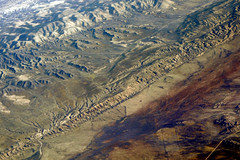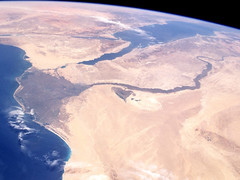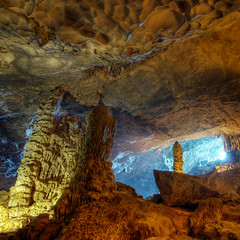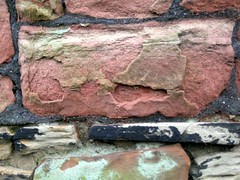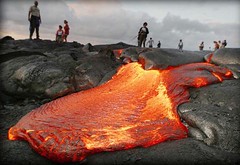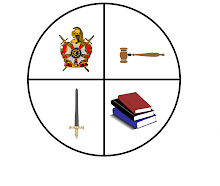In fact, in my first reflection I said the following, "In true tale, technology is more an elusive liviathan than a tamed cat. It is a beast I have yet to slay. It is a peak I have yet to crest. It is a wild mare who bears no bit. Technology is the great land for courageous lords, brave knights, and self- controlled maidens, not for squires, such as I. But, alas, it is my duty. Bring me a sword. Toss me some boots. Hand me a bit. Grant me a map. Adventures are ahead." In stating these words, I was expressing my own limitations and lack of experience around technology. Yet, I also was expressing a certain degree of hopeful optimism, that indeed, I could become more proficient with time, effort and God's good grace.
After about two weeks of intense computer pecking, word searching, scalp scratching, late-night blogging and late-morning computer crashing (today around 11AM. . .yikes, I thought she was a goner), I can say with confidence that this class has added a value to my learning that has scarce been a reality since I've been alive. I love creating. . .it is in this that I often find myself expressing the character of God most joyously. Now, equipped with many tools (while still working on mastery) I believe I can not only integrate technology into my room, but I can help students integrate this tool into their lives in ways that will inspire them to continue the life-long journey of learning.
In particular, I have especially enjoyed the following:
- Making a digital story to share
- Podcasting
- Learning how to Skype
- Making picture sets on Flickr.com
- Getting started with a RSS Feed (Aggregator)--still not sure how to exactly use these words in sentences??
- AND MOST OF ALL. . . blogging.
Though there is much to learn and master, I feel I've gotten my feet wet and am ready to begin to try out the swimming. I am excited to collaborate with my science team at school and to also try and convince my administration of the necessity to clear blocks for students to use blogging and flickr.com at my school. I am hopeful, through showing off my proficiency and showing assignment samples, that my school will be quick, and yet wise, in adding these resources to our students list of skills and learning pedagogies.

